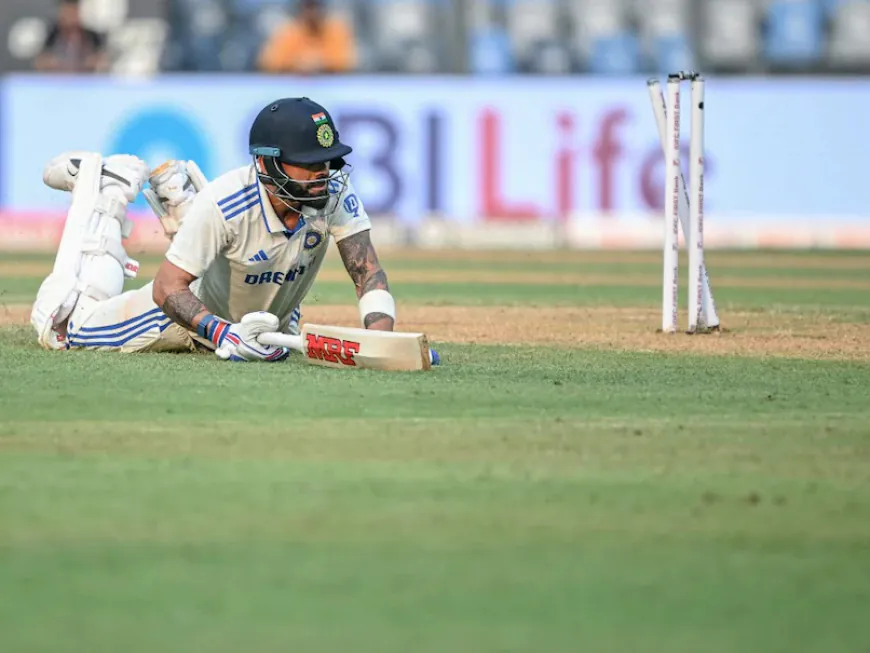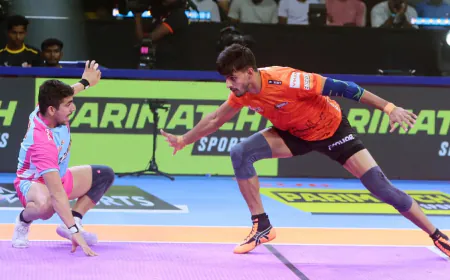Ravi Shastri Critiques India After Kohli's Run Out in 3rd Test
This run out was significant for Kohli, marking the first time he was run out in a home Test match throughout his illustrious career, and coinciding with his 200th Test innings and 600th overall international innings. The moment was emblematic of a challenging day for the Indian batting lineup.

Virat Kohli's innings in the third Test against New Zealand was cut short in a manner that frustrated fans and commentators alike. Kohli, who entered the crease late on Day 1, was run out for just four runs due to a direct hit from New Zealand pacer Matt Henry. The dismissal came in the final over of the day, compounding India's woes as they lost three wickets in just eight balls before Stumps.
A Frustrating End to Day 1
Kohli's run out marked a particularly disappointing moment, especially considering his reputation as one of the best runners between the wickets. The situation was made worse by India's decision to send nightwatchman Mohammed Siraj out to bat after Yashasvi Jaiswal's dismissal instead of Kohli. Siraj faced just one delivery before being dismissed, leaving the team reeling as they went into the break at 4 wickets down.
This run out was significant for Kohli, marking the first time he was run out in a home Test match throughout his illustrious career, and coinciding with his 200th Test innings and 600th overall international innings. The moment was emblematic of a challenging day for the Indian batting lineup.
Recovery on Day 2
Despite the setbacks at the end of Day 1, India managed to regroup on Day 2. Rishabh Pant and Shubman Gill played pivotal roles, both scoring half-centuries—Pant with 60 runs and Gill with 90—helping India secure a first innings lead for the first time in the series. Washington Sundar also made a quick contribution, further solidifying India's position.
However, the team continued to face issues with running between the wickets, as evidenced by Akash Deep’s dismissal, which ended the innings at 263. New Zealand's Ajaz Patel proved to be a formidable opponent, claiming five wickets and putting pressure on the Indian batting order throughout the match.
As India looks to build on their second day's performance, the lessons from Day 1, particularly regarding running between the wickets and strategic batting order decisions, remain crucial to their success moving forward.





















































